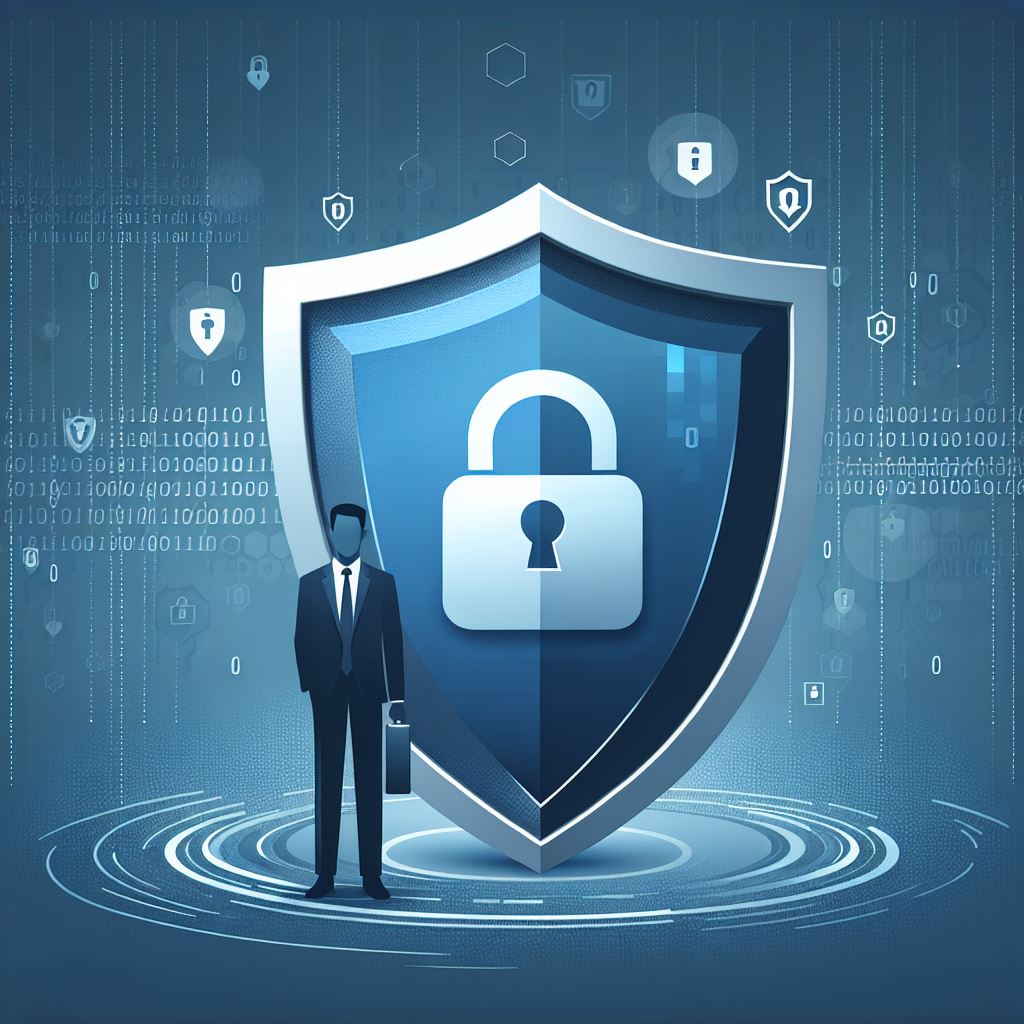You’re flat out running your business, your team is busy, and everything you rely on lives in Microsoft 365. Your emails, files, collaboration tools, client information, all in one convenient place. It feels secure enough, you’ve made sure everybody has a strong password and must log in via 2FA! Then one day, something unexpected happens. A member of staff clicks a convincing email link, or a contractor’s laptop isn’t quite as protected as it should be, anduddenly, you’re not so sure how strong your defenses really are.
That’s exactly the situation Microsoft Secure Score was designed to protect against. It gives you a clear, measurable picture of your organisation’s security and health, and shows you where improvements will have the biggest impact.
In short, it’s your roadmap to better security. And understanding it is the first step toward protecting your business.
What Microsoft Secure Score Actually Measures
Think of Microsoft Secure Score as a health check for your digital world. It looks at how well you are using Microsoft 365’s security features and turns that information into a single number between 0 and 100.
That score reflects how many of Microsoft’s IT security policies have been implemented across several key areas, including:
• Identity protection such as multi-factor authentication and conditional access.
• Device security like encryption, compliance, and antivirus.
• Data protection covering data loss prevention, secure sharing, and retention policies.
• Application control for managing permissions and integrations with third-party apps.
It works a bit like a credit score for cyber security. The higher your score, the more protected you are. It’s not about chasing perfection but about having visibility and control over your digital environment.
Why Your Secure Score Matters More Than You Think
A low Secure Score doesn’t mean your system is wide open, but it does suggest that your digital doors aren’t fully locked. Perhaps multi-factor authentication isn’t enforced for every user, or certain devices don’t meet compliance standards. Arguably, some of the largest threats to this are the older (and now seriously more vulnerable) technologies that are still enabled to support that iPhone 6 that the CEO refuses to replace. These are the small gaps that attackers love to exploit.
A strong Secure Score, on the other hand, shows that you’re actively managing risk. Microsoft’s data indicates that businesses with higher Secure Scores are five times less likely to experience a serious breach. I’ll say that again, five times less likely to experience a major security incident. That kind of prevention is invaluable, both in retained productivity, cost, and peace of mind.
There’s also a reputational advantage. Clients, regulators, and partners increasingly expect tangible proof of strong security. Your Secure Score gives you a clear way to demonstrate that your organisation takes data protection seriously.
The Real-World Impact of Improving Your Score
Improving your Secure Score is not about ticking boxes, it’s about building resilience.
One of the most convincing attacks seen in 2025 is what’s known as a social engineering (a type of impersonation attack) breach, and it focuses the most vulnerable users of your business; your sales team, who by virtue must be quick responding to opportunities and are therefore much more exposed.
Social engineering attackers study your business and understand what services you have, and will reach out through official channels to have a conversation with your sales team to get to know them. After some time, perhaps after several online conversations and emails have been exchanged, the attacker will send an online attachment asking your team to click it and read the information inside. Upon clicking the URL, it will ask your sales person to sign in using their Microsoft email account, which is familiar to your team as you use Microsoft. Unfortunately, once the credentials have been entered, they are now compromised and the attack has been successful.
Now, if we imagine two companies. Both use Microsoft 365 every day, but one has a Secure Score of 40 while the other has 75. The higher-scoring business has MFA enabled across all users, all devices are encrypted, and admin roles are tightly controlled. The lower-scoring company still uses shared logins and inconsistent policies.
When the social engineering attack takes place, the difference is clear. The more secure company, thanks to having impersonation protection, quarantined mailboxes, and a bolstered phishing threshold, won’t see the email in their inbox. The second, lesser secure company, will likely be compromised as the email will hit the user mailbox, and spends a week recovering accounts and repairing client trust. That is the real-world impact of a high Secure Score, and a case that we’ve seen time and time again. In some cases after it’s already too late and the hack has already happened.
What You Can Do Today
If you want to start improving your Secure Score, there are a few easy steps you can take right now:
- Check your current Secure Score.
Visit Microsoft Defender to see your current score and the recommendationed actions that come with it. Knowing where you stand is the first step toward getting better. - Tackle the quick wins.
Some of the most effective improvements are also the simplest. Enable multi-factor authentication, limit data sharing outside your organisation, and review admin permissions. Small actions can make a big difference. - Aim for steady, continual progress, not perfection.
For most businesses, a Secure Score around 75 percent represents a healthy, balanced level of security. The goal is to build consistent habits that keep your systems protected without impacting user convenience, not to chase an unattainable (and often unsuitable in real-world business environments) 100. New and modified IT security policies are implemented roughly twice a year by Microsoft, so it’s best to review your configuration at least every 6 months, if not more regularly.
Regularly reviewing your Secure Score keeps you aware of new risks and ensures your protection evolves alongside your business.
Building a Safer, Smarter Business
Microsoft Secure Score does more than measure your security posture. It helps you understand it, manage it, and improve it over time. It turns cyber security from something reactive into something you can actively control.
If you’re not sure where to begin, that’s perfectly normal. Many organisations benefit from having a trusted partner who can interpret their Secure Score, prioritise improvements, and maintain strong protection on their behalf.
If you have any questions about your Secure Score or want guidance on how to improve it, get in touch and I’ll happily provide guidance.

